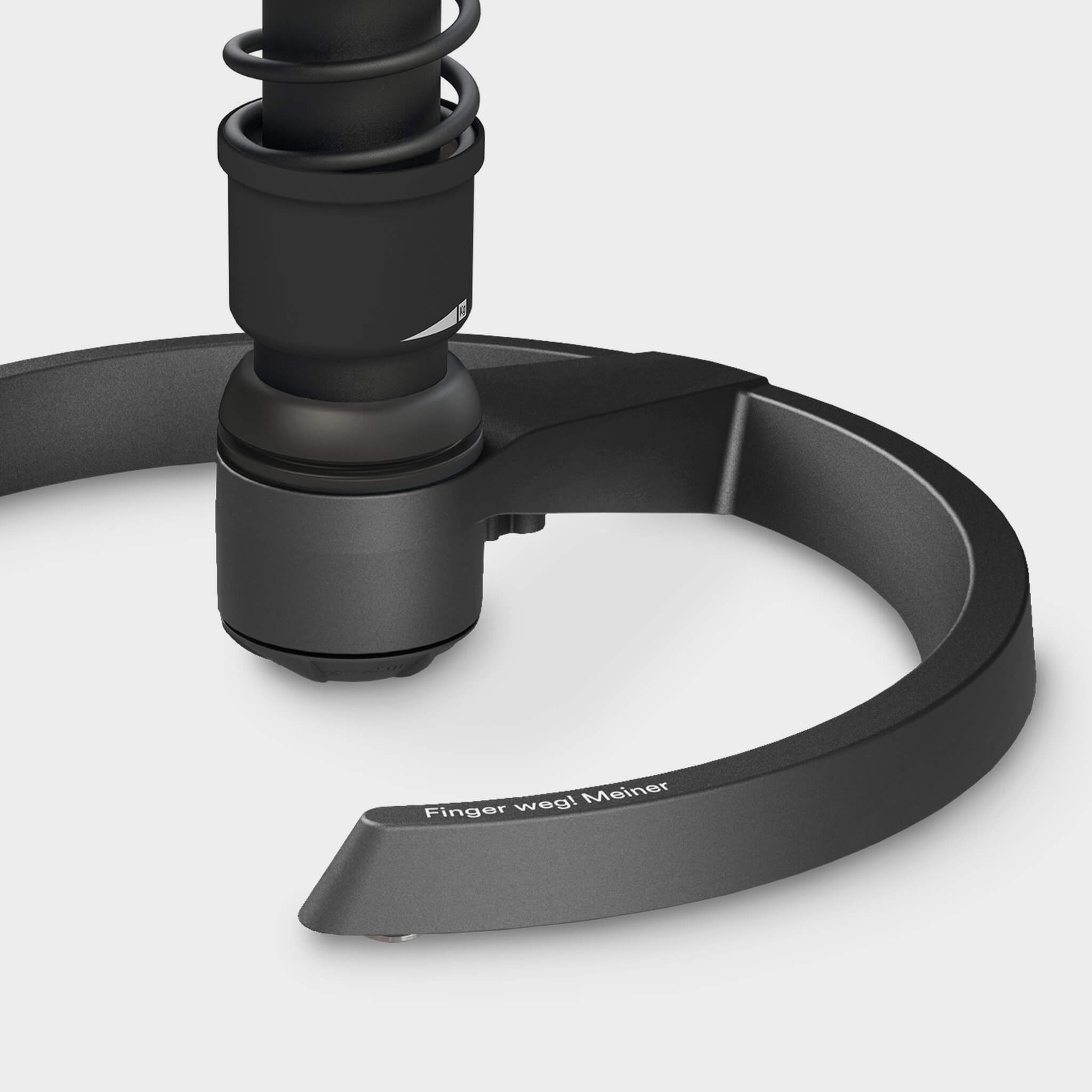Was ist Ischialgie?
Ischialgie klingt kompliziert, heißt aber nichts anderes, als Schmerzen, die durch eine Entzündung des Ischiasnervs (Nervus ischiadicus) hervorgerufen werden. Beim Ischias handelt es sich um eine lumbale Nervenwurzel im unteren Lendenwirbelbereich. Dieser Nerv leitet Empfindungen vom Bein ans Rückenmark und umgekehrt Befehle vom Gehirn ins Bein.
Wird der Ischias bzw. die Nervenwurzel eingeklemmt, wird diese zunächst gereizt, was auf Dauer eine schwere Entzündung des Nervs zur Folge haben kann. In dem Fall spricht man von Ischialgie beziehungsweise von einem Ischiassyndrom.
Eine Ischialgie ist mit extremen Schmerzen verbunden, die aus dem unteren Rücken über den Po bis ins Bein oder sogar bis in den Fuß strahlen oder ziehen können. Häufig wird die Ischialgie mit einem Hexenschuss (Lumbago) gleichgesetzt, was aber nicht korrekt ist.
Häufiger übrigens als eine reine Ischialgie ist die so genannte Lumboischalgie. Hierbei handelt es sich um eine Kombination aus Lumbago und Ischialgie. Der Betroffene spürt dann die Rückenschmerzen aus dem Bandscheibenvorfall und die ins Bein ziehenden Rückenschmerzen aus der Ischialgie.
Wie entsteht eine Ischialgie?
Die wohl häufigste Ursache für eine Ischiasnervreizung ist ein Bandscheibenvorfall. Bei einem Bandscheibenvorfall wird eine Bandscheibe so sehr unter Druck gesetzt, dass ihr Gallertkern durch die Hülle, den Faserring, nach außen gedrückt wird. Da Bandscheiben wie Stoßdämpfer zwischen den Wirbeln wirken, fehlt diese Dämpfung auf einmal. Der Gallertkern drückt nun auf den Ischiasnerv im Wirbelkanal, was zur Entzündung und damit zu den Schmerzen führen kann. Aber auch Schwellungen und Tumore, Durchblutungsstörungen und sogar eine Gürtelrose können den Ischias reizen und Schmerzen verursachen.
Ischialgie und Bewegung
Auch, wenn Bewegungslosigkeit und Liegen zunächst Linderung bringen, so ist es auch bei einem Ischiassyndrom wichtig, sich so bald wie möglich wieder zu bewegen und seinem gewohnten Tagesablauf nachzugehen. Es gilt auch hier: Schonen schadet, denn die durch die Bewegung geförderte Durchblutung hilft bei der Heilung. Physiotherapie und Krankengymnastik sowie regelmäßige Beweglichkeitsübungen und Übungen zur Stärkung des unteren Rückens helfen hier therapeutisch und prophylaktisch.
Ischialgie und Sitzen
Langandauerndes, starres Sitzen belastet den Rücken und kann Bandscheibenvorfälle und Ischialgien Vorschub leisten. Bewegung hilft gegen beides. Deshalb sollte man langes, unbewegtes Sitzen nach Möglichkeit meiden. Sowohl für das Büro wie auch für den privaten Bereich gibt es heute Stühle, die Bewegung fördern. Alle Aeris-Stühle sind speziell gegen Bewegungsmangel konstruiert und machen flexible, natürliche Bewegungen möglich. Ideal zur Aktivierung der Muskulatur, zur Stärkung des Rückens – und damit auch zur Vorbeugung gegen Ischialgien und andere Rückenprobleme.
Wie lange dauert eine Ischialgie?
Eine Ischialgie kann mehrere Wochen dauern. Wichtig sind deshalb schnelle Schmerzlinderung und Entlastung des Ischiasnervs. Schon während der Rekonvaleszenz sollte man mit Übungen zur Stärkung der Rückenmuskulatur beginnen, damit aus einer akuten Ischialagie nicht eine chronische wird.
Einzelnachweise
Active Office®: Warum Büros uns krank machen und was dagegen zu tun ist, Josef Glöckl und Dieter Breithecker, Springer Gabler Verlag, 2014
